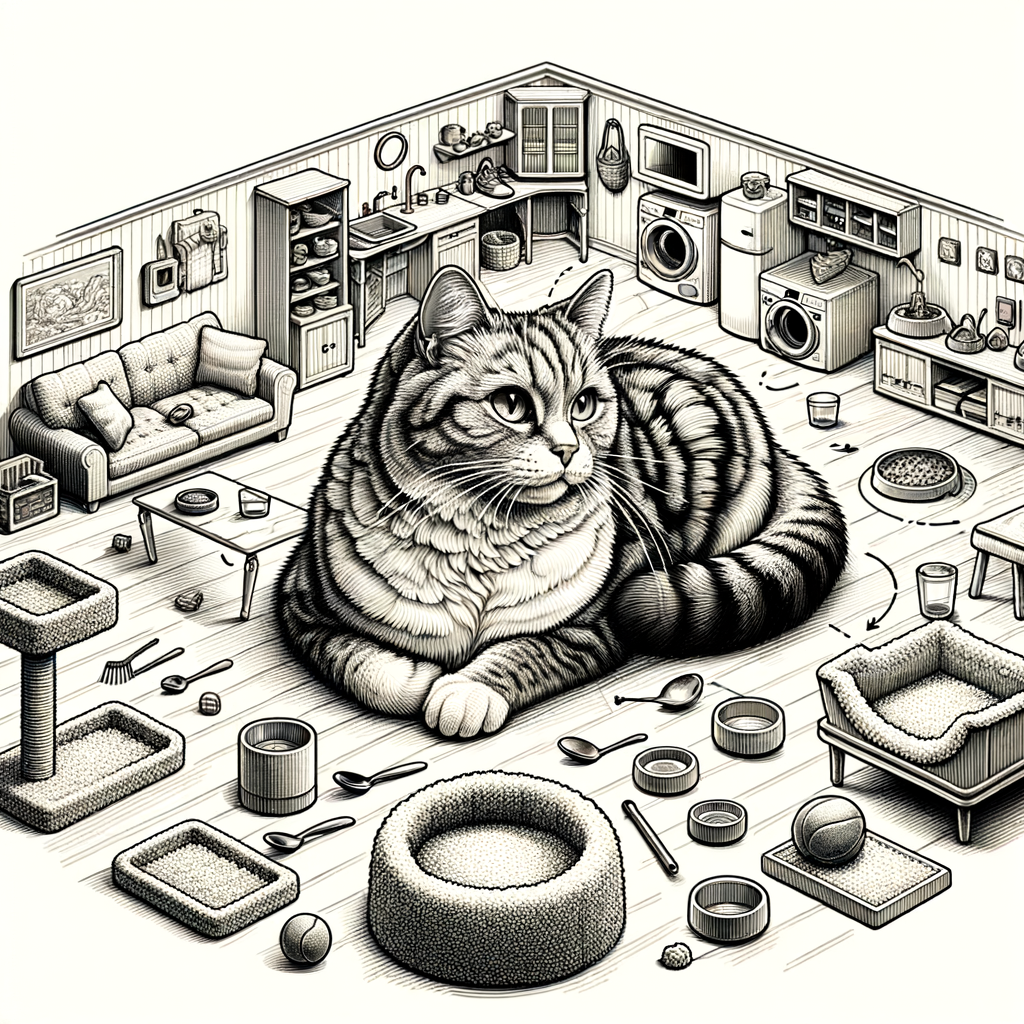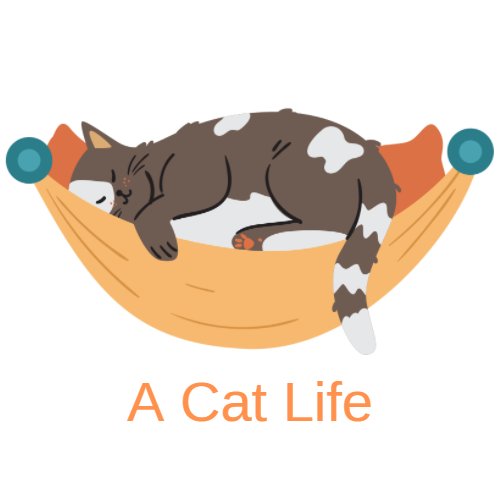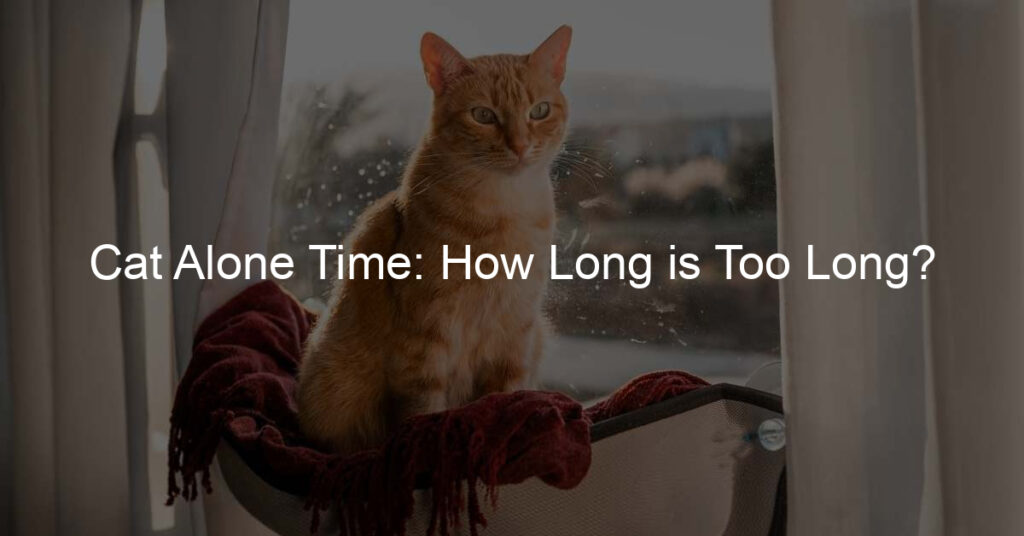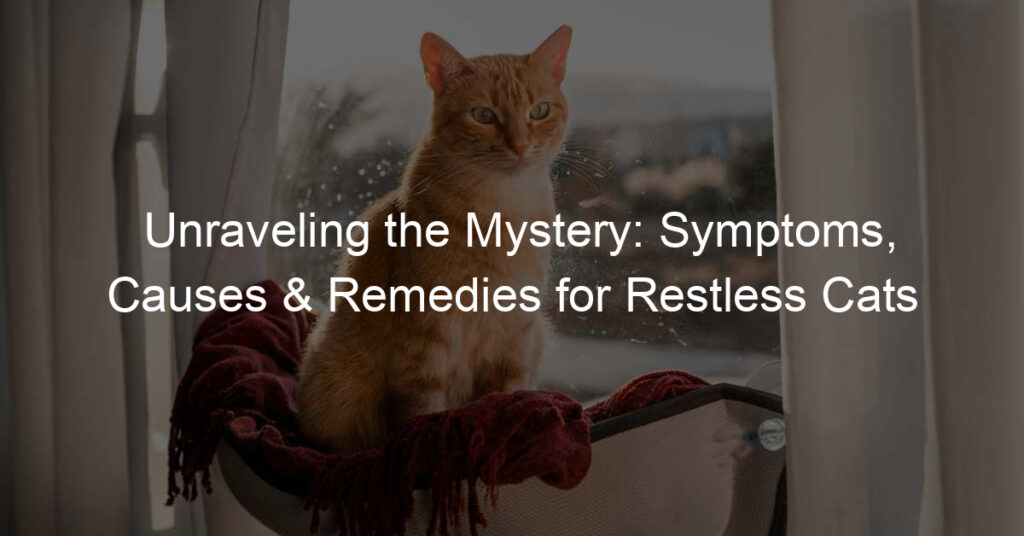
Introduction to Cat Care: Understanding Cat Alone Time
Being a cat owner requires a deep understanding of your feline friend’s behavior. One of the most important aspects to comprehend is the concept of ‘Cat Alone Time’. This is the period when your cat prefers to be alone, indulging in its own activities. Understanding this behavior is crucial for maintaining a healthy and happy relationship with your cat.
- Importance of Understanding Cat Behavior
- The Concept of Cat Alone Time
- Factors Influencing Cat Alone Time
Understanding cat behavior is the key to providing the best care for your feline friend. Cats are independent creatures and their behavior can often be misunderstood. Understanding their needs and preferences helps in ensuring their well-being and happiness. For instance, knowing when your cat needs alone time can prevent unnecessary stress and anxiety for both you and your pet.
‘Cat Alone Time’ refers to the period when cats prefer to be alone. Unlike dogs, cats are solitary animals by nature. They enjoy their own company and often need time to themselves. This alone time is when they indulge in activities like grooming, exploring, or simply resting. Respecting this need for solitude is crucial for a healthy and happy cat.
Several factors influence the amount of alone time a cat needs. These include the cat’s age, health, and personality. For instance, older cats may require more rest and thus, more alone time. Similarly, cats with a shy or introverted personality may prefer more solitude than their extroverted counterparts. Understanding these factors can help you provide the right balance of interaction and solitude for your cat.
In conclusion, understanding and respecting your cat’s need for alone time is an essential part of cat care. It not only ensures your cat’s well-being but also strengthens your bond with them. Remember, a happy cat makes for a happy home!
Understanding Cat Independence
When it comes to understanding our feline friends, it’s important to recognize their unique nature and independence. Cats are known for their independent spirit, but they also have a social side that we need to understand and respect. Let’s delve into the nature of cats and how their independence can vary with age, breed, and personality.
- Nature of cats: Independent but social
- How cat independence varies with age, breed, and personality
Cats are often seen as solitary creatures, but they also have a social aspect. They enjoy their alone time, but they also need interaction and companionship. Cats are capable of forming strong bonds with their human companions and other pets. They can be independent, but they also crave social interaction. This balance between independence and social needs is part of what makes cats such unique and fascinating pets.
Not all cats are the same. Their level of independence can vary greatly depending on their age, breed, and personality. For example, kittens are usually more dependent on their human companions for care and social interaction. As they grow older, they may become more independent, but they still need companionship and stimulation.
Different breeds of cats also have different levels of independence. Some breeds, like the Siamese, are known for being more social and dependent on their human companions. Others, like the Maine Coon, are known for their independent nature.
Finally, each cat has its own unique personality. Some cats may be more independent than others, even within the same breed. It’s important to understand and respect your cat’s individual personality and independence. Remember, every cat is unique and deserves to be loved and understood on its own terms.
In conclusion, understanding cat independence is crucial for providing the best care for your feline friend. By recognizing their unique nature and respecting their independence, you can help ensure that your cat is happy, healthy, and fulfilled.
Leaving Cat Alone: How Long is Too Long?
As a cat owner, it’s important to understand how long you can leave your cat alone without causing them stress or harm. Let’s explore some general guidelines and factors that can affect the duration of a cat’s alone time.
- General guidelines for leaving cat at home
- Factors affecting cat alone duration
Typically, adult cats are okay to be left alone for 24 to 48 hours. Kittens, on the other hand, require more frequent attention and should not be left alone for more than a few hours. Remember, this doesn’t mean your cat should be alone this long regularly. It’s just a guideline for occasional situations.
Several factors can influence how long a cat can be left alone. These include the cat’s age, health status, and personality. For example, older cats or those with health issues may need more frequent care. Similarly, some cats are more independent than others and may tolerate being alone better.
It’s crucial to remember that every cat is unique. What works for one might not work for another. Always consider your cat’s individual needs when determining how long they can be left alone.
Leaving a cat alone for too long can lead to loneliness and separation anxiety. So, it’s essential to balance your cat’s need for independence with their need for companionship and care.
Case Study: Cat Home Alone for Extended Period
- Case Study Introduction
Our case study focuses on a domestic cat named Whiskers, who was left alone at home for an extended period. Whiskers’ owner had to travel for work and was away for a week. During this time, Whiskers was provided with an automatic feeder and water dispenser, a clean litter box, and several toys.
- Observations and Findings
During the week, a pet sitter visited Whiskers daily to check on him and provide some interaction. The sitter noted that Whiskers seemed to be coping well initially, but by the fourth day, he began showing signs of stress. He was less active, his appetite decreased, and he seemed more anxious when the sitter arrived.
Upon the owner’s return, Whiskers’ behavior returned to normal within a few days. However, the owner reported that Whiskers was more clingy than usual, indicating that he may have felt lonely during the owner’s absence.
- Key Takeaways
From this case study, we can conclude that while cats are independent creatures, they can still experience stress and loneliness when left alone for extended periods. It’s essential to ensure they have enough food, water, and a clean litter box, but human interaction is also crucial for their well-being.
Key Takeaways Cats can experience stress and loneliness when left alone for extended periods. Human interaction is crucial for a cat’s well-being, even if they are independent by nature. Changes in behavior, such as decreased activity and appetite, can be signs of stress in cats.
Signs of Cat Loneliness and Separation Anxiety
Just like humans, cats can also experience feelings of loneliness and separation anxiety. Recognizing these signs in your feline friend is crucial to ensure their emotional well-being. Let’s delve deeper into understanding these signs.
- Understanding Cat Separation Anxiety
- Identifying Signs of Loneliness in Cats
Cat separation anxiety is a condition where a cat exhibits distress and behavior problems when separated from their favorite person or persons. It’s not uncommon for cats to become attached to their owners and feel anxious when left alone. Some signs of separation anxiety in cats include excessive meowing, destructive behavior, and inappropriate elimination.
Loneliness in cats can manifest in several ways. A lonely cat may become lethargic, lose interest in playing, or even refuse to eat. They may also show excessive grooming behavior, which can lead to bald patches. It’s important to note that these signs can also indicate other health issues, so a visit to the vet is recommended if you notice any drastic changes in your cat’s behavior.
Understanding your cat’s behavior and emotional state is key to providing them with the care they need. Remember, a happy cat is a healthy cat!
Example: Cat Behavior Changes Due to Extended Alone Time
- Example introduction
Let’s consider a common scenario. You have a pet cat named Whiskers. You’ve noticed that Whiskers, who is usually playful and affectionate, has started to act differently. You’ve been working longer hours lately and Whiskers has been spending more time alone. Could these behavior changes be due to the extended alone time? Let’s explore this possibility.
- Behavior changes observed
Whiskers used to greet you at the door when you came home, but now she seems indifferent. She’s also been less interested in playing with her favorite toys and has been sleeping more than usual. You’ve noticed that she’s eating less and has been hiding in secluded areas around the house. These are all signs that Whiskers may be feeling lonely and anxious due to the extended periods of time she’s been spending alone.
- Key takeaways
From this example, we can see that extended alone time can lead to significant behavior changes in cats. Cats are independent creatures, but they still need interaction and companionship. Prolonged periods of loneliness can lead to signs of separation anxiety, such as changes in appetite, sleep patterns, and overall behavior. It’s important to balance a cat’s need for independence with their need for social interaction to ensure their overall well-being.
Preventing Negative Effects of Extended Cat Alone Time
While cats are known for their independent nature, they still require attention and interaction. Extended periods of alone time can lead to negative effects such as loneliness and separation anxiety. Here are some tips to prevent these negative effects when you have to leave your cat alone.
- Tips for Leaving Cat Alone
Before leaving your cat alone, ensure they have enough food and water. Automated feeders and water fountains can be helpful. Also, make sure they have access to their litter box and it is clean. Leave some of your worn clothes around as your scent can provide comfort to them. If possible, maintain a consistent schedule for your absence, as cats are creatures of habit.
- How to Keep Your Cat Entertained When Home Alone
Cats need mental and physical stimulation even when you’re not around. Leave toys that your cat enjoys playing with. Puzzle feeders can keep them occupied and satisfy their hunting instincts. Consider leaving a bird feeder outside a window for your cat to watch. If your cat enjoys television or music, leave it on at a low volume.
- When to Consider a Pet Sitter or Daycare
If you’re going to be away for more than a day, it’s best to consider a pet sitter or daycare. A pet sitter can visit your home to feed, play with, and check on your cat. Daycare facilities provide socialization opportunities for your cat. Remember, every cat is different. Some may prefer the comfort of their own home with a pet sitter, while others may enjoy the stimulation of a daycare environment.
In conclusion, while cats are independent, they still need care and attention. By following these tips, you can prevent the negative effects of extended cat alone time and ensure your furry friend is happy and healthy.
Conclusion: Balancing Cat Care and Cat Independence
In this article, we’ve explored the delicate balance between providing care for your cat and respecting their independence. Let’s recap the key points and discuss the importance of understanding your cat’s unique needs.
- Recap of key points:
- The importance of understanding your cat’s unique needs:
Understanding your cat’s independence is crucial for their well-being. Cats, unlike dogs, are solitary hunters and often enjoy spending time alone. However, leaving your cat alone for too long can lead to loneliness and separation anxiety. Signs of these conditions include excessive meowing, destructive behavior, and changes in eating habits. To prevent these negative effects, it’s important to spend quality time with your cat, provide them with stimulating toys, and ensure they have a safe and comfortable space.
Every cat is unique and has different needs when it comes to alone time. Some cats may be more independent and require less human interaction, while others may be more social and require more attention. Understanding your cat’s unique needs is essential for providing the right balance of care and independence. This understanding can be achieved by observing your cat’s behavior, consulting with a vet, and being responsive to their needs.
In conclusion, balancing cat care and cat independence is not a one-size-fits-all approach. It requires understanding, patience, and a willingness to adapt to your cat’s unique needs. Remember, a happy cat is a healthy cat, and a healthy cat makes for a happy home.








